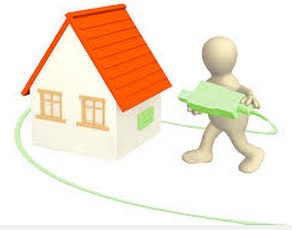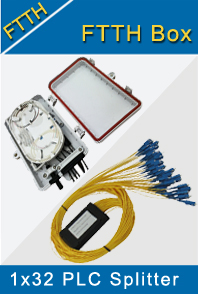-

- Sopto Home
-

- Special Topic
-

- FTTH Knowledge
-

- Using an OTDR to be an Expert in Fiber Link Testing
FTTH Knowledge
- Solving the FTTH Rollout Problem in Multiple Dwelling Units
- WDM PON Introduction FAQ
- A Simple Overview of Optical Power Meter
- ODN is based on PON FTTH Optical Cable Network of the Device
- Using an OTDR to be an Expert in Fiber Link Testing
- How FTTH Broadband Works?
- Connections among Fiber Terminal Boxes & Patch Cables & Pigtails
- Easy to Install a Fiber Terminal Box
- What is Arrayed Waveguide Grating?
SOPTO Special Topic
Certificate



Guarantee
Except products belongs to Bargain Shop section, all products are warranted by SOPTO only to purchasers for resale or for use in business or original equipment manufacturer, against defects in workmanship or materials under normal use (consumables, normal tear and wear excluded) for one year after date of purchase from SOPTO, unless otherwise stated...
Return Policies
Defective products will be accepted for exchange, at our discretion, within 14 days from receipt. Buyer might be requested to return the defective products to SOPTO for verification or authorized service location, as SOPTO designated, shipping costs prepaid. .....
Applications

Sopto supply the best FTTH solutions for your network!
SOPTO Products
- Fiber Optic Transceiver Module
- High Speed Cable
- Fiber Optical Cable
- Fiber Optical Patch Cords
- Splitter CWDM DWDM
- PON Solution
- FTTH Box ODF Closure
- PCI-E Network Card
- Network Cables
- Fiber Optical Adapter
- Fiber Optical Attenuator
- Fiber Media Converter
- PDH Multiplexers
- Protocol Converter
- Digital Video Multiplexer
- Fiber Optical Tools
- Compatible
Related Products
Performance Feature
FTTH Knowledge
Recommended

Using an OTDR to be an Expert in Fiber Link Testing
When talking about optical time-domain reflectometer (OTDR), you might see it as complicated and dear. In actual fact, you could think like this for example it is similar to the copper tester and it is a chance to grow my business.
Fiber link testing may be new to some contractors, but the right equipment could make the task easier. You can work like an expert while on an OTDR, even though the fiber link testing jobs are very technical. If you're a copper cabling installer, an OTDR will give you three big qualities as following.
1. Expert diagnostics which make the OTDR work much like your familiar copper certification tool.
2. A method of bidding on more jobs increasing your business and increasing profits.
3. The ability to move your understanding of copper software in a brand new area and be a fiber expert.
Using an OTDR doesn't have to be complicated or confusing. Understanding a few fundamental concepts can make OTDR use as straightforward as using a copper certification tool.
First, let's learn about how an OTDR works. A basic knowledge of how an OTDR works will help in analyzing a trace, particularly when something unexpected happens. An OTDR uses the backscattered light that occurs in most fibers as light travels down the core. The OTDR measures time the backscattered light takes to go back and forth through the bare optical fiber, and taking advantage of the rate of light in the fiber, the OTDR calculates the distance values used in constructing the trace.
Palm OTDR series handheld OTDR
Fiber link testing includes using an OLTS. Recently updated standards that concentrate on test methods for installed fiber links recommend the complementary utilization of an OTDR. These new standards add some utilization of an OTDR to ensure not just that the hyperlink has transpired, but to ensure the quality of each installed component on the link.
Identifying bottlenecks is the strength of an OTDR, which sends a pulse of light into fiber and measures the light reflected back at each component as the light lost at this component. The same is true for backscattered light along the length of the fiber itself.
An OTDR fiber tester can establish accurate, highly detailed measurements, when the correct setup and necessary accessories are utilized. The basic setup consists of a source laser, a coupler, a detector, a processor, a connector panel on the OTDR, a launch cable (access jumper), and the system under test. The source laser, coupler, detector, and processor are contained inside the OTDR. When a trace is shot, the origin laser shoots pulses with the coupler then with the system through the launch cable. As light is scattered to the OTDR, the light goes back through the coupler which redirects the light towards the detector. The processor then analyzes the information received from the detector and constructs the trace.
Fortunately, the particular use of the OTDR isn't as challenging because it appears. Ensuring test leads, launch fibers, and receive fibers are in a crisp condition, and therefore are neat and correctly connected, will always be under your control. But the remainder of the setup steps could be looked after through the instrument. Newer OTDRs can create an image from the proper setup configuration. You merely need to make connections and have the instrument "learn" the launch and receive fibers.
For more info, please browse our website.




.jpg)